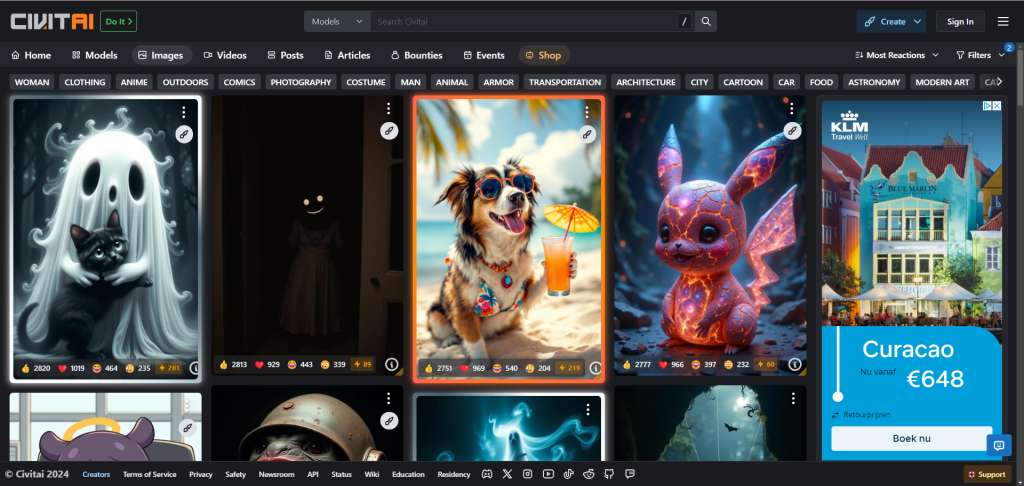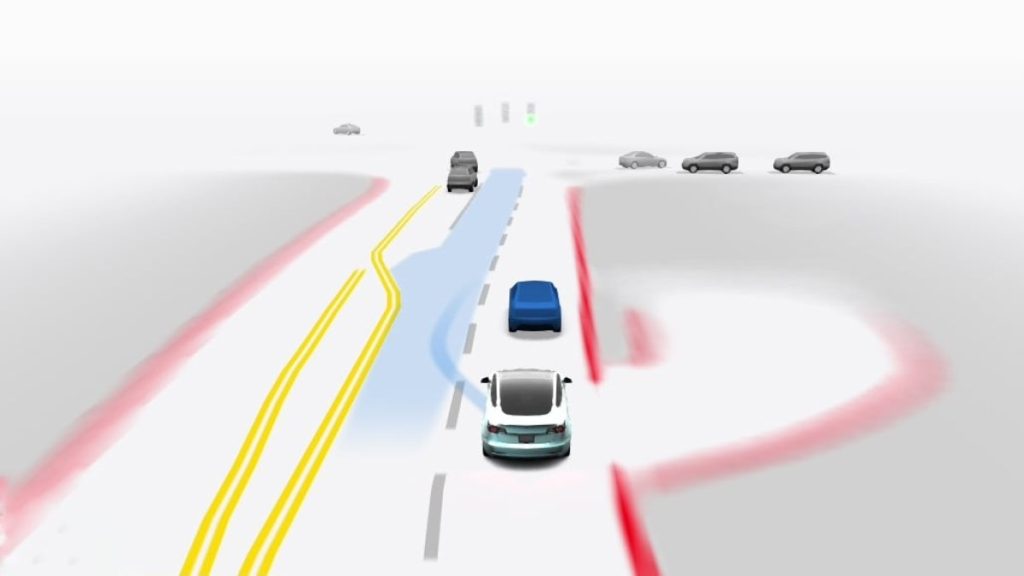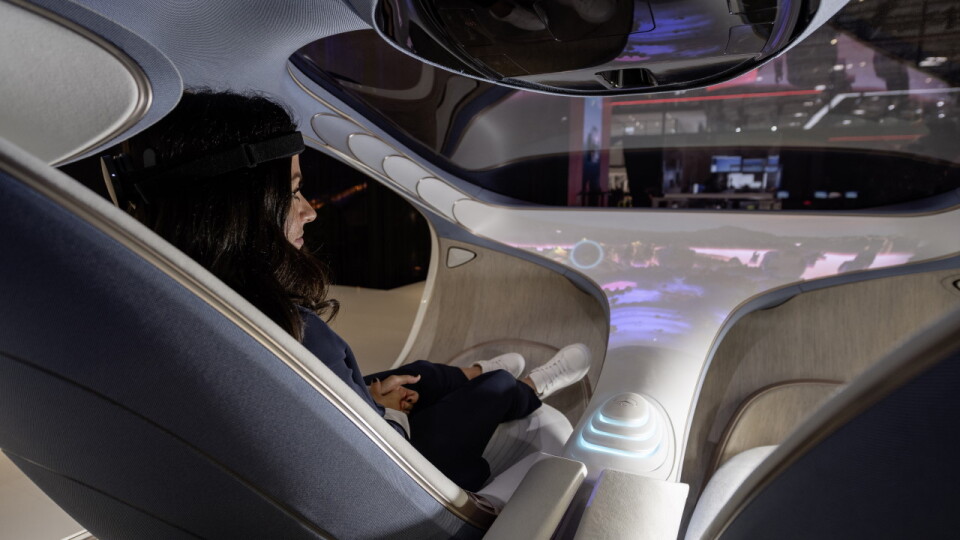In today’s fast-paced world, more and more people rely on food delivery to solve their daily meals. However, the excessive number of restaurants and dishes on food delivery platforms often consumes a lot of time for users to choose. This sometimes even causes users to give up ordering. As a leader in the food delivery field, Uber Eats also faces this problem.
Our business plan is centered on UberChat, a GenAI assistant that can provide personalized recommendations based on users’ personal preferences, budget and expected delivery time. This can effectively improve the user experience. UberChat allows users to describe their needs by communicating with users in text through a conversational interface. This will replace swiping through endless restaurant options on the screen.
Why AI?
According to industry analysis, the food delivery market will see significant growth, from $151.5 billion in 2022 to $411 billion in 2027. The growth of the market size will in turn drive demand. Consumers will expect more convenient, personalized recommendations. According to research, personalized experiences can increase companies’ revenue by 10-15%.
Uber Eats will follow this trend by integrating UberChat. Users can replace manual searches with conversations. The ordering process will be easier. Whether you are looking for vegetarian food under 20 euros or pizza delivered in 30 minutes, AI will provide suggestions that meet these criteria.
The Power of AI in Customer Support
In addition to recommendations, UberChat is also able to answer many questions on behalf of customer service. This includes answering common questions such as order status. By reducing manual intervention, it will not only reduce operating costs by more than 20%, but also shorten response times by up to 50%. With such efficiency improvements, Uber Eats can handle more customer inquiries while keeping customers happy.
How We’re Making It Happen
We plan to implement this AI by acquiring and structuring all relevant data from Uber Eats, including menus, user reviews, delivery times, and real-time restaurant availability. This data will be used to train the AI, ensuring it provides accurate and helpful responses. APIs from Uber Eats will feed live updates into the AI, making sure recommendations reflect current restaurant offerings and delivery times.
The user interface for UberChat will be simple and integrated seamlessly into the Uber Eats app. Through A/B testing, we’ll identify the best placement and design to maximize user interaction.
The Future of UberChat
UberChat will continue to evolve as Gen AI evolves. In the future, we envision AI becoming even more advanced. It can predict user needs based on past behavior, provide personalized discounts, and increase revenue through price discrimination. By seamlessly integrating with other voice-based platforms such as Google Assistant or Siri, iterations of UberChat will not only enhance the user experience, but also keep Uber Eats at the forefront of innovation in the food delivery industry.






